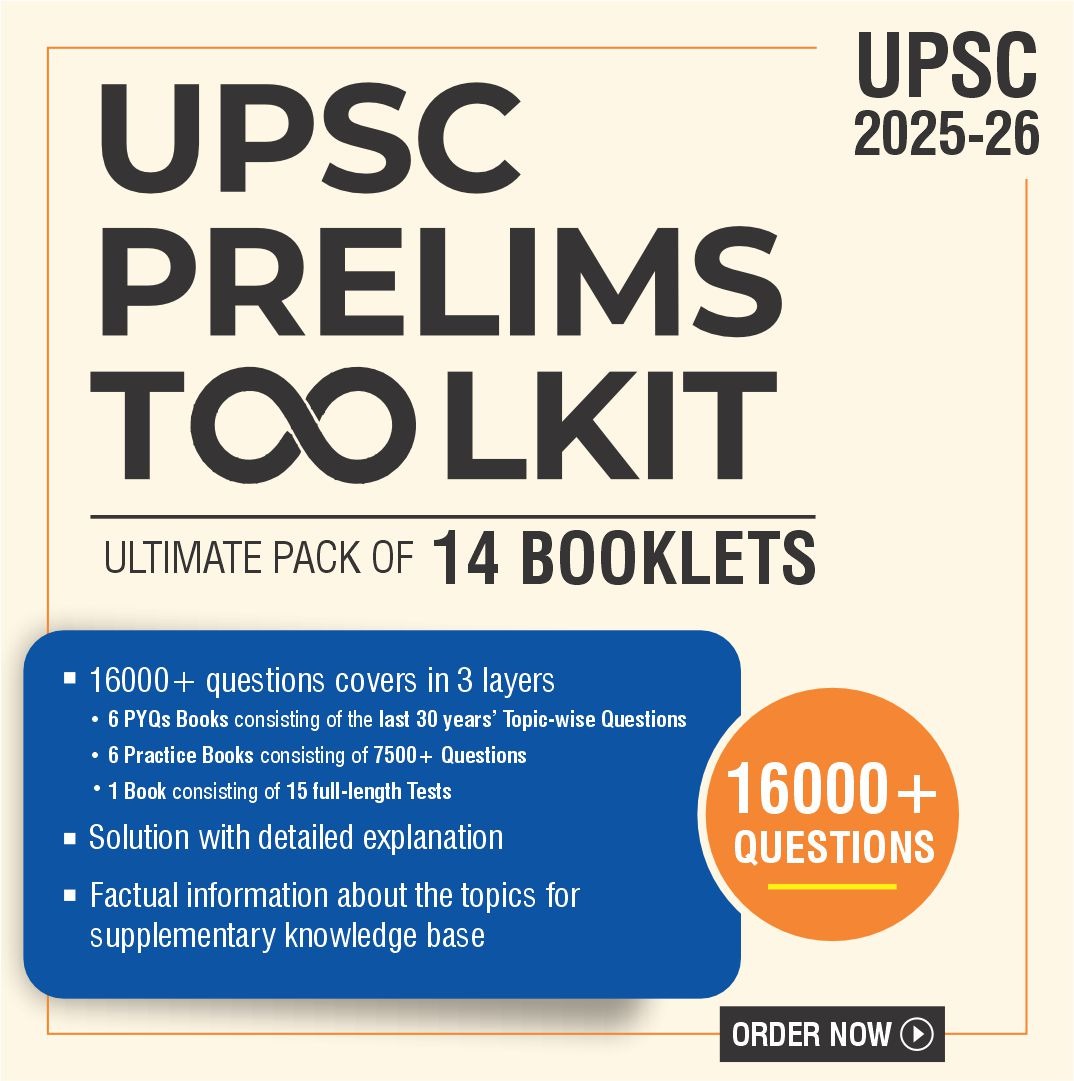The right to live a free, full and dignified life is one of the most basic principles of human existence. Every person is entitled to live their life on their own terms, with no unfair interference from others. A successful democracy can only be one that guarantees its citizens the right to protect their own… Continue reading How expansive is the ‘Right to life and personal liberty’ under Article 21 of the Indian Constitution?
Subject: Indian Constitution and Polity
Are the Right to Information and the Right to Privacy complementary or contradictory to each other?
Although not explicitly mentioned in the Constitution, Right to Information and Right to Privacy are a part of Fundamental Rights. Supreme Court has reiterated their inclusion as Fundamental Rights on multiple occasions. These rights have found an irreplaceable place in modern societies because they play an important role in defining the relationship between state and… Continue reading Are the Right to Information and the Right to Privacy complementary or contradictory to each other?
What are the different sources from which the Indian Constitution has sourced its features? Is the Constitution really a patchwork?
The Constitution makers borrowed several features of the Indian Constitution from various sources. The structural part of the Constitution, to a large extent, is derived from the Government of India Act, 1935. The philosophical part is inspired from the American and Irish Constitutions. While the political part has been largely drawn from the British Constitution. … Continue reading What are the different sources from which the Indian Constitution has sourced its features? Is the Constitution really a patchwork?
What is a constitution? What is the importance of a constitution in functioning of a nation?
A Constitution is a body of fundamental principles according to which a state is constituted or governed. It is the document or set of documents that form the basic rules agreed upon by the people on how to govern themselves. Importance of a Constitution in functioning of a nation: For cooperation and coordination: Any society… Continue reading What is a constitution? What is the importance of a constitution in functioning of a nation?
Why is the Constitution of India called as a living document?
The Constitution of India is called a living document because of it embodies a unique synthesis of flexibility and rigidity. The fact that the Constitution can be amended according to the needs of the time makes it a dynamic document. Constitution: A Living Document Amendment of the Constitution: Constitution must be able to address contemporary challenges.… Continue reading Why is the Constitution of India called as a living document?
What are the features in the Constitution of India which distinguish it from the Constitution of other countries?
The Drafting Committee of the Constituent Assembly after consulting various Constitutions from all the across the world, submitted the final draft of the Constitution which was finally adopted on 26th November, 1949. Although it has many borrowed features, the Constitution of India is unique in various aspects. Unique features of the Constitution of India: It is… Continue reading What are the features in the Constitution of India which distinguish it from the Constitution of other countries?
What were the features of the Government of India Act,1935 which influenced the India Constitution?
The Government of India Act, 1935 was based on the White Paper which was a result of the Third Round Table Conference,1932 and the Simon Commision of 1928. The constitution makers greatly relied on the Act of 1935 due to familiarity with its administrative provisions and because it was suited for the Indian conditions. Features… Continue reading What were the features of the Government of India Act,1935 which influenced the India Constitution?
How did the ‘objectives resolution’ lay down the fundamentals and philosophy of the Indian Constitution?
Objectives Resolution was introduced by Jawahar Lal Nehru on 13th December 1946 in the Constituent Assembly. It not only outlined the goals or objectives of the Constituent Assembly but also provided the philosophy and guiding principles for the framing of the constitution. This Resolution was unanimously adopted by the Constituent Assembly on 22 January 1947 as… Continue reading How did the ‘objectives resolution’ lay down the fundamentals and philosophy of the Indian Constitution?
What are the various grounds on which the Constituent Assembly has been criticised? e various grounds on which the Constituent Assemble has been criticised?
The Constituent Assembly of India was constituted in 1946 on the recommendations of the Cabinet Mission Plan, 1946. It was a Sovereign body, which functioned as a Legislative body as well as drafted the Constitution of India. Criticisms of the Constituent Assembly: Not a representative body: the Assembly was not directly elected on the basis of… Continue reading What are the various grounds on which the Constituent Assembly has been criticised? e various grounds on which the Constituent Assemble has been criticised?


